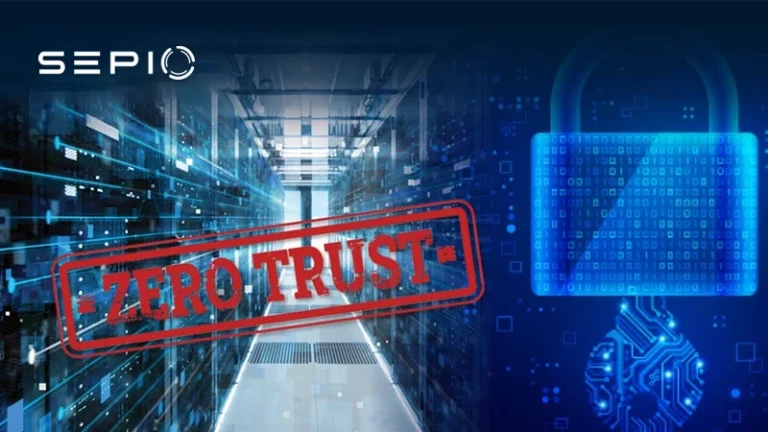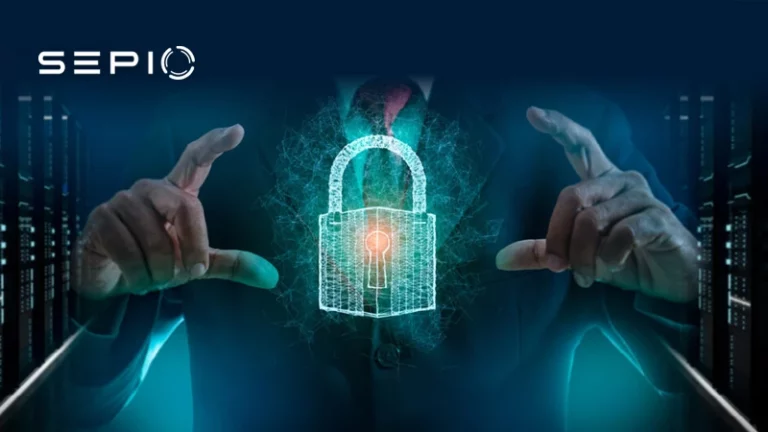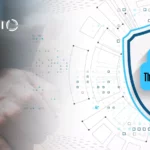The Sepio platform implements a robust Zero Trust Hardware Access policy designed to enhance security by verifying the true identity of devices at the physical layer. This foundational approach to device identity verification is critical in preventing unauthorized access and mitigating potential security breaches.
In addition to device visibility, the Sepio platform features an extensive built-in threat intelligence database that catalogs known-to-be-vulnerable devices. This database is continuously updated with the latest threat information, enabling organizations to assess and manage risks effectively. By providing additional risk scoring for these vulnerable devices, Sepio empowers security teams to prioritize their response efforts and focus on the most significant threats.
Zero Trust Hardware Access Case Study Brief
Enterprises face challenges in gaining accurate visibility into hardware assets, especially in today’s extremely challenging IT/OT/IoT environment. In order to address this challenge, ultimate visibility into your IoT assets is required. Regardless of their characteristics and the interface used for connection as attackers.
In this case study brief, we report a Man in The Middle attack (MiTM) over a network printer in a financial institution. In this case, a Raspberry Pi 4, configured in transparent bridge mode, spoofing a legitimate printer. Leaking PCL files being sent to the enterprise’s network printer. Additionally, the data theft occurred through the built-in access point (AP) feature in the RP4 device.
The Challenge of Spoofed Devices
Spoofing attacks can involve devices that operate passively on the physical layer, often without generating any inbound traffic. These rogue devices can blend seamlessly into the network environment. This makes it difficult for traditional security measures, such as Network Access Control (NAC), to detect them. As a result, organizations may suffer from a significant lack of complete asset visibility. This leaves them vulnerable to data breaches and other cyber threats.
In this context, a comprehensive approach to device identity verification becomes crucial. Organizations must not only authenticate devices but also ensure that they meet security compliance standards.
Zero Trust Hardware Access
To effectively address security challenges and enhance Zero Trust Architecture (ZTA), the Zero Trust (ZT) model must prioritize hardware as the first line of defense. It should focus on physical layer visibility. This approach allows organizations to accurately answer critical access questions: “who, what, when, where, and how.” By doing so, they can enable informed decision-making regarding device access.
Sepio’s Zero Trust Hardware Access solution offers enterprises comprehensive device visibility by employing physical layer Asset DNA technology and Machine Learning. This technology generates a unique digital DNA based on the electrical characteristics of each device. By validating a device’s Asset DNA, Sepio ensures the device’s true identity—not just its claimed identity—allowing for the immediate detection of vulnerable devices within the infrastructure.
As a result, organizations can make precise access decisions within the Zero Trust Architecture, reinforcing the effectiveness of micro-segmentation and enhancing overall security.
Sepio’s Solution: Zero Trust Hardware Access
Sepio is the leader in zero trust hardware access policy, visibility, control and mitigation of hardware assets. It is disrupting the cybersecurity industry by uncovering hidden hardware attacks operating over network and USB interfaces. Sepio’s platform, identifies, detects and handles all network devices including peripherals. No device goes unmanaged (ThinkShield Hardware Defense).
See every known and shadow asset. Prioritize and mitigate risks.
Schedule a demo. It will help you understand how to use Sepio’s patented technology to gain control of your asset risks.






